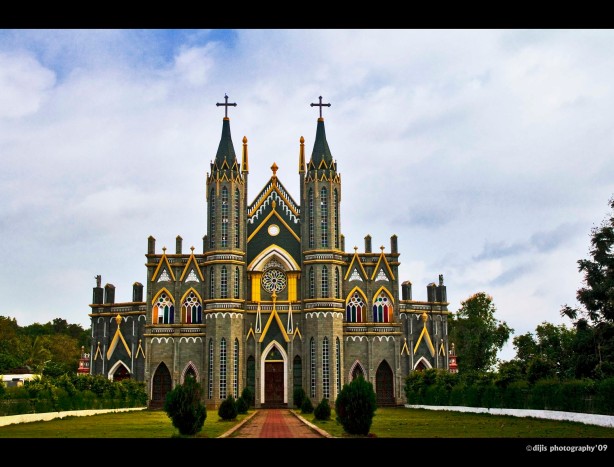 Attur is a village famed for the church it houses. It is located on the outskirts of the Karkala city. The main attraction of this peaceful and seclude place is the shrine of St. Lawrence, established in 1759 AD with remarkably rich history.
Attur is a village famed for the church it houses. It is located on the outskirts of the Karkala city. The main attraction of this peaceful and seclude place is the shrine of St. Lawrence, established in 1759 AD with remarkably rich history.
Scenic greenery amidst religious piety, Attur attracts lot of devotees, irrespective of religion, to St. Lawrence church. The Karkol Fest in this church is a major draw. Devotees believe in miracles by the church, with the church performing lots of social activities aimed at common public.
A hundred feet high tower representing the arts of various religions was built in 1997, to showcase the Church’s secular culture in accepting people of various belief and faiths.














